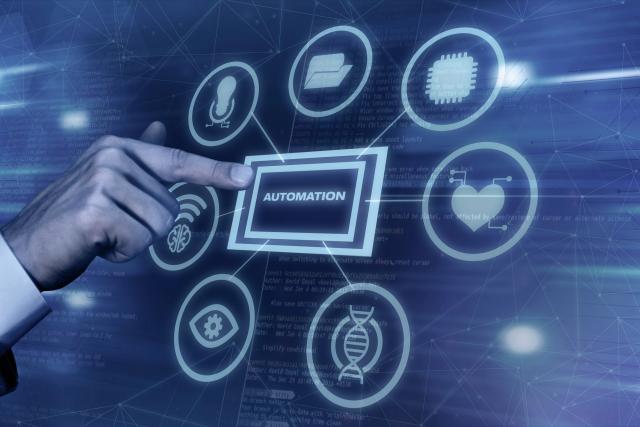
The IIoT industrial industry is growing at an astounding pace, with cutting-edge innovations in IIoT development transforming industries across the globe. The global Industrial IoT industry size as of 2022 is valued at USD 101.45 billion and is expected to experience a compound annual growth rate (CAGR) of 20.5% from 2022 to 2030. Everything from 5G connectivity to automation powered by AI, industries are improving at a rapid pace in terms of efficiency, security, and productivity. Here are some of the newest important trends in IIoT that are redefining how industrial operations will be conducted in the future.
Competitive Landscape of IIoT: Key Growth Strategies
The transformation of edge computing, AI, and IoT-based sensors is making an impact in industrial automation. In the context of IIoT, edge computing handles data at the network's periphery, which enables real-time decision-making and significantly reduces latency. In the context of smart manufacturing, for instance, edge-enabled robots in automation can modify the process of production as it is being carried out, which decreases the chances of mistakes while increasing the output.
Challenges of Connectivity: 5G and Edge Computing
The integration of the new 5G technology combined with the IIoT enables the transfer of information at super-fast speeds with very low latency, allowing machines to communicate effectively. In addition, the adoption of edge computing for IIoT systems allows data to be processed at the source, adding greater efficiency compared to cloud computing. For example, 5G-powered automated warehouses are able to capture and quantify inventory in real-time, greatly improving stock levels and streamlining supply chains.
AI and Predictive Analytics Transforming IIoT
Over the last few years, the use of AI in industrial IoT has become much more prominent, and self-learning predictive analytics are being utilized to minimize downtimes while maximizing productivity. AI and machine learning innovations in IIoT can anticipate a machine-related failure and take preemptive measures to avoid it and save money. For instance, oil refineries can use AI-driven predictive maintenance to scan their pipelines for weak spots before they cause a leak, ensuring safe operational conditions.
Pervasive Manufacturing: Robotics, IoT Sensors, and AI in Automation
It is also called pervasive manufacturing, where production is done in an agile manner by integrating robotics, IoT sensors, supercomputers, and artificial intelligence. In many industries, automobiles, for instance, IIoT robots work on the assembly line. The machines do not produce inefficiently, nor do they waste materials while performing accurate work. With these new approaches to automation, industries are increasing gains in productivity at cheaper costs.
Security Problems and IIoT Implementation Strategies
As connectivity grows, interest in IIoT tends to increase. Cyber intrusions on industrial networks can disrupt operations and even compromise data. To mitigate these risks, organizations are deploying AI-based threat identification processes as well as using blockchain technology for safe data transfers. An excellent example is Siemens Cybersecurity Initiative, which enhances industrial cybersecurity through remote monitoring combined with encrypted control communications.
The Role of IIoT in the Supply Chain and Logistics
The supply chain is undergoing a massive transformation through improvements in real-time visibility, automated storage, and fleet control. To reduce losses and monitor the conditions of products, logistics companies apply AI-based IIoT sensors for real-time tracking and logging. For example, Amazon uses IoT robotics in its fulfillment centers to enable automated order processing and lower the time it takes to complete deliveries.
What’s Next for the Industrial IoT Industry?
As IIoT continues to evolve, there will be increased consolidation of 5G, AI, and blockchain technologies with industrial processes. The vision for this Industry’s IIoT includes the autonomous factory, advanced predictive analytics for the supply chain, and AI security systems that make it possible to move to a new era of interconnected and intelligent industries.






